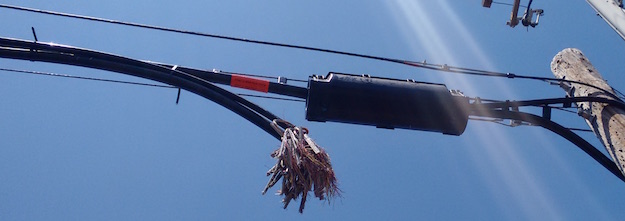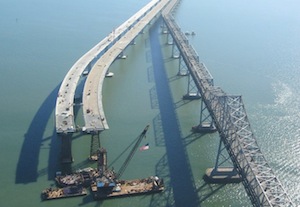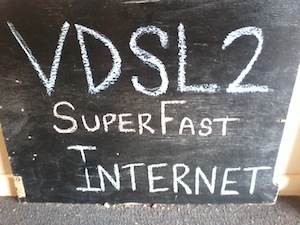Economics of fiber favors rural cable upgrades

If your local cable system is in bad shape, you might be in luck. According to an analysis done by Daniel Frankel at FierceCable, the economics of upgrading cable systems that were last upgraded (or not) in the 1990s to the next generation of service favors replacing coaxial cable with a full fiber to the home build. That explains some or all of the reasoning behind Altice’s decision to convert some of the Suddenlink and Cablevision systems it acquired to FTTH.… More


